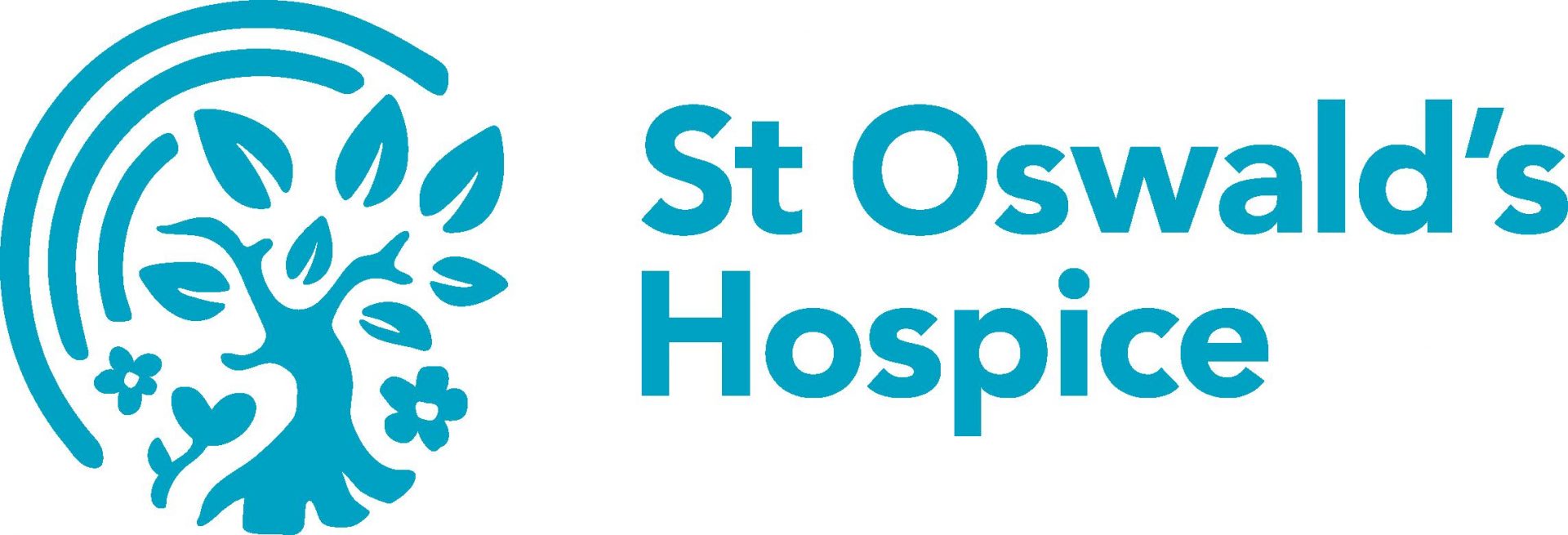Research project – What Does ‘Good’ Palliative Care Look Like for Children and Young People?
A Qualitative Study of Parents’ Experiences and Perspectives
Around the world, approximately 21 million children are in need of palliative care, and over 7 million babies and children die each year.
While paediatric palliative care services are developing, there remain significant gaps between best practice and what is delivered in clinical settings.
In 2017, the National Institute for Health and Care Excellence (NICE) introduced a quality standard aimed at improving and standardising palliative care for children in England.
However, there is limited evidence on what constitutes a ‘good’ experience of palliative care for children, or how these experiences align with the NICE end-of-life care standard.
This study explored how the NICE quality standard is reflected in parents’ experiences of palliative care for children, in order to understand what ‘good’ palliative care looks like from their perspective.
Parents whose children were receiving palliative care, or whose child had died, were recruited from 4 children’s hospices, 1 hospital and via social media.
Project Lead: Dr Johanna Taylor, Department of Health Sciences, University of York
This study explored how the National Institute for Health and Care Excellence (NICE) quality standard featured in parental experiences of palliative care for children to understand what ‘good’ palliative care is.
This qualitative study used in-depth, semi-structured interviews via telephone and video-calls.
Data was analysed using thematic analysis, informed by Appreciative Inquiry.
Participants (14 mothers and 3 fathers) included parents of children and young people (aged 0-17) in England, who were receiving palliative care and parents whose child had died. 7 participants were bereaved.
Good palliative care is planned and delivered in partnership with trusted professionals. It is well-coordinated, adaptable and responsive to changing needs. It supports the whole family and allows parents not only to provide care, but also to continue parenting their child through to the end of life.
Conclusion: These findings have important implications for shaping evidence-based practice and clinical guidelines, helping to improve the overall experience of care.
Read the published report below.
Download the report